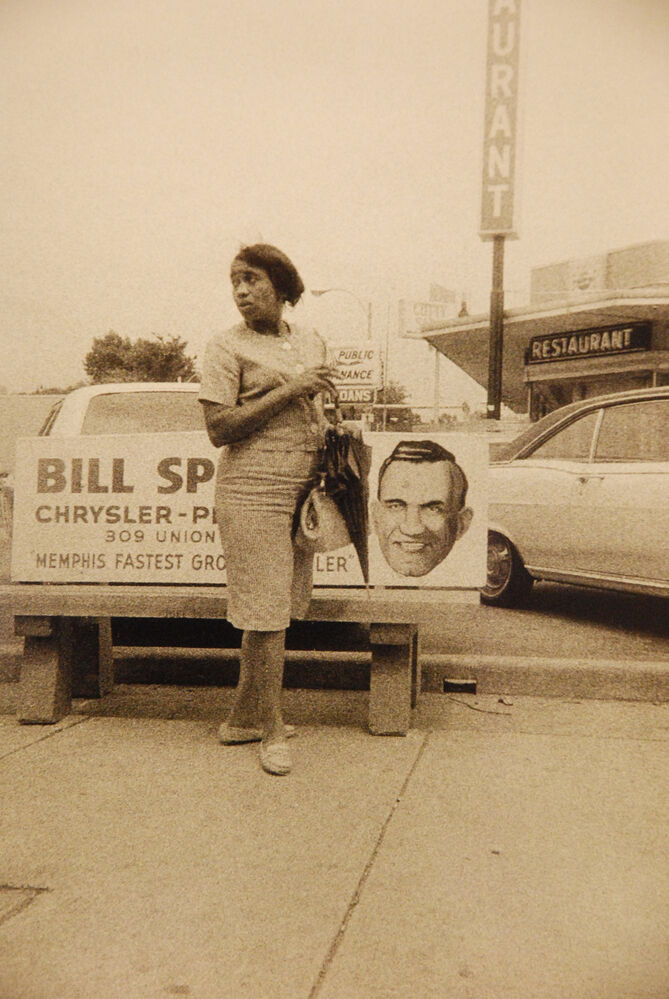
Untitled, 1960-65
William Eggleston
1939
Silver Gelatin Print. 0 x 0 cm. Unique.
William Eggleston
Om fotografen
William Eggleston (b 1939) is an American photographer. He is widely credited with increasing recognition for color photography as a legitimate artistic medium to display in art galleries.
During his unsuccessful university years his interest in photography took root: a friend at Vanderbilt gave Eggleston a Leica camera and Eggleston later studied art at Ole Miss and was introduced to abstract expressionism by visiting painter, Tom Young. Eggleston's early photographic efforts were inspired by the work of Swiss-born photographer Robert Frank, and by French photographer Henri Cartier-Bresson's book, The Decisive Moment. Eggleston later recalled that the book was "the first serious book I found, from many awful books...
First photographing in black-and-white, Eggleston began experimenting with color in 1965 and 1966 after being introduced to the medium by William Christenberry. Color transparency film became his dominant medium in the later 1960s. Eggleston's development as a photographer seems to have taken place in relative isolation from other artists. In an interview with Director of Photography at New York's Museum of Modern Art (MoMA) John Szarkowski describes his first encounter with the young Eggleston in 1969 and hoe hw immediately prevailed upon the Photography Committee of MoMA to buy one of his photographs.
Eggleston taught at Harvard in 1973 and 1974, and it was during these years that he discovered dye-transfer printing; to him the ultimate print: The colour saturation and the quality of the ink was overwhelming.
William Eggleston